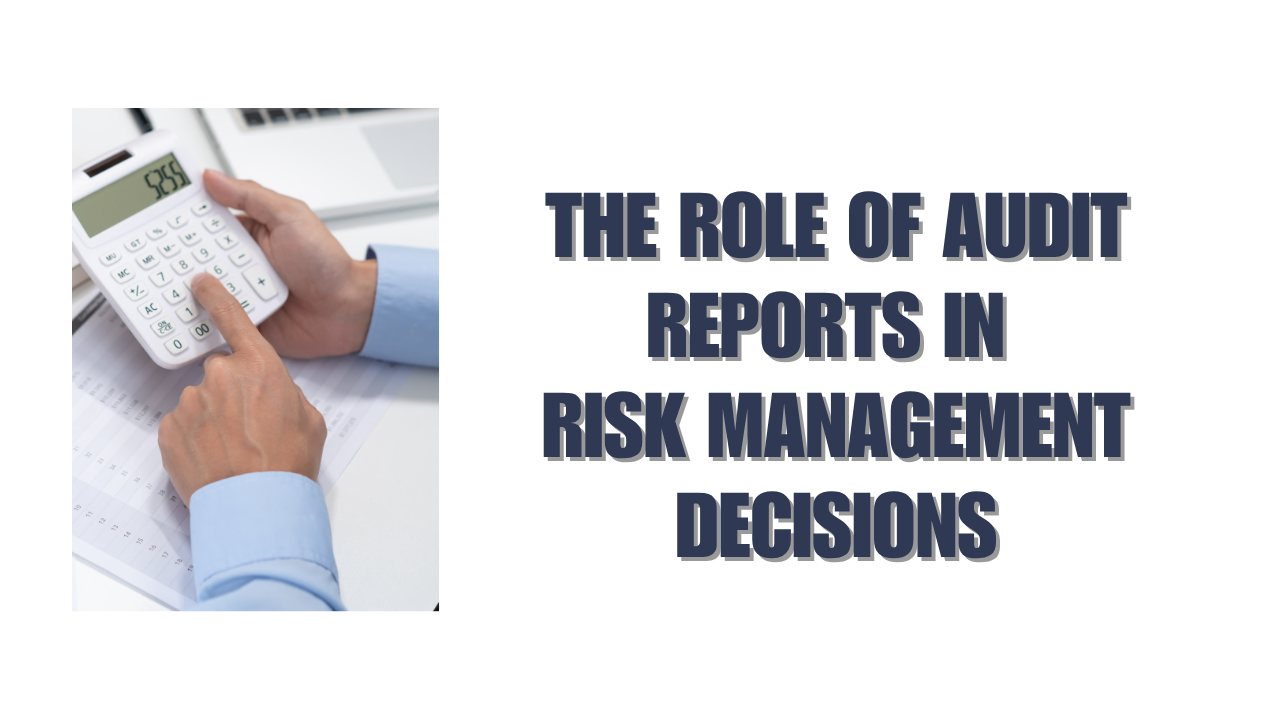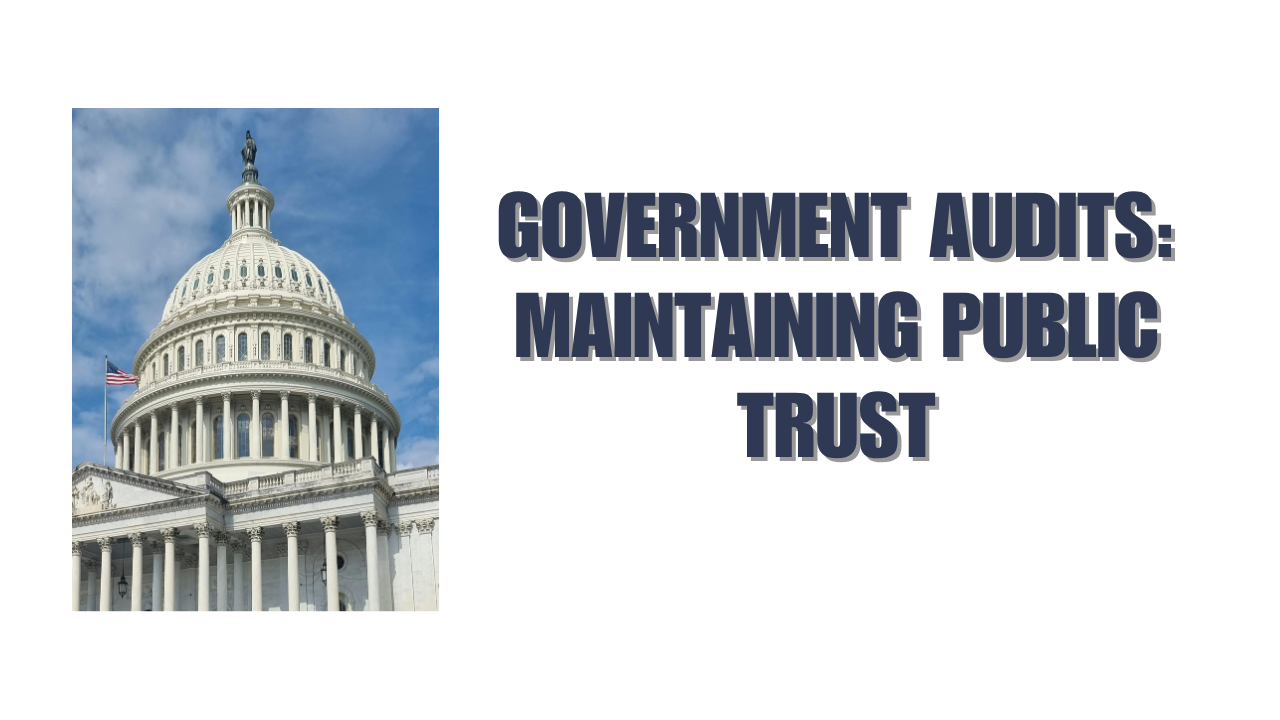Leadership changes deeply affect business strategy – 69% of directors confirm this fact. Succession planning consulting stands as a top priority for businesses as they look toward 2025.
The numbers tell an interesting story. Succession planning (34%) ranks higher than AI adoption (27%) and workforce planning (26%). Many organizations lack a clear direction despite its vital role. A solid succession plan goes beyond contingency planning – it shapes your business strategy.
Business succession planning succeeds through a methodical process. Future leaders need proper education while current leadership gradually steps back. The four L’s cycle forms the foundation: Learning business, Learning the family business, Learning to lead the family business, and Learning to let go.
Every company needs its own unique approach. We’ve created this piece to direct you through effective succession planning. Our expert tips compress six months of learning into clear, actionable steps.
Start Early and Understand Your Business
Most business owners put off succession planning until retirement approaches. Research shows this delay can hurt your business’s future success. Experts suggest you should start planning 3-5 years before you plan to exit.
Why early planning matters
Time works in your favor when planning succession. The need becomes clear as 61% of New Zealand business owners over 50 plan to retire in the next 10-20 years. A proper execution of the process takes 12-36 months.
Companies that plan succession over multiple years see better results. The extra time lets you:
- Find and develop future leaders step by step
- Look at different transition options carefully
- Get ready for unexpected health issues
- Make your business financially stronger
Starting early puts you in control instead of making rushed decisions during tough times.
Assessing your current business health
You need a detailed picture of your business’s current state before creating a succession plan. This assessment builds the foundations of successful succession planning.
Take a good look at your company’s structure, finances, and key positions. A full analysis will show your strengths, weaknesses, opportunities, and threats. Focus on areas that need work, such as:
- Financial health and stability
- How well operations and systems work
- Your place in the market and competitive edge
- Management setup and dependencies
Getting an outside business valuation helps—many owners find big differences between what they expect and market reality.
Arranging succession with long-term goals
Good succession planning exceeds just picking new leaders. It needs strategic thinking to keep your organization strong. Your plan should match both personal and company goals.
Think about what will propel your company’s growth. Pick out roles that matter most to reach strategic goals, including positions that might become vital as your business grows.
Choose leadership skills based on what you’ll need to carry out your strategic plan. This setup helps with both the immediate change and your business’s long-term success.
Note that succession planning consultation helps secure your legacy while setting up your business to grow further. A strong foundation comes from an early start, a full assessment of where you are now, and matching everything with your strategic goals.
Identify and Develop Future Leaders
Finding tomorrow’s leaders is crucial to effective succession planning. Research shows that all but one of these high performers turn out to be high potentials. This fact highlights why we need to look beyond current performance metrics.
How to spot leadership potential
Leadership potential is different from job performance. The best candidates show initiative, take responsibility, and have strong people skills. They also display adaptability, resilience, and emotional intelligence – qualities that standard performance reviews might miss.
A structured approach works best for assessment. The 9-box grid effectively maps performance against potential. This tool gives you a clear view of your talent pipeline. Team feedback from peers, supervisors, and direct reports helps build a full picture of each candidate.
Creating development plans for successors
After identifying potential leaders, you need individual-specific development paths. These plans should target specific skill gaps based on future role requirements. A full skills assessment will help you find areas that need work.
Your development plan should include a mix of learning experiences:
- Formal training programs and workshops
- Assignments that expand comfort zones
- Cross-functional projects to widen point of view
- Leadership tracks with growing responsibilities
Encouraging external experience
Outside experience is a great way to get fresh perspectives that complement internal knowledge. Studies show that “inside outsiders” – internal candidates with external experience – often become the most effective leaders. Strategic collaborations with distributors or related businesses can help create executive exchanges.
Mentorship and coaching strategies
Mentorship speeds up leadership development through knowledge sharing that formal training can’t provide. The best results come from matching mentors and mentees based on career goals and growth needs. Executive coaching should line up with company objectives while supporting personal development.
Senior leaders who teach and participate in development programs substantially boost relevance and engagement. This builds a culture where knowledge flows naturally throughout the organization and prepares your business for smooth leadership transitions.
Build and Document Your Succession Plan
A well-documented succession plan turns abstract ideas into clear steps you can follow. Research shows that most family businesses fail because of poor planning and weak documentation, not from lack of talent.
Defining roles: ownership vs. management
The key difference in succession planning lies between ownership and management. Business owners often think these must go together. Your business might need different leadership models as it grows. You need to decide if:
- Family members will own the business while professional managers run it
- Both ownership and management will transfer together
- A mixed approach works better for your goals
Six out of ten family businesses have moved away from family leadership. They hired non-family executives because they needed specific skills.
Creating a written roadmap
Your blueprint for transition should be a formal, written succession plan. This plan needs to spell out procedures, timelines, and who does what. Make sure you include:
- Critical roles and responsibilities
- Leadership skills needed for each position
- Plans to develop future leaders
- Quick response plans for unexpected changes
- Ways to communicate with stakeholders
The document should state how decisions get made and how governance works, which becomes more important as your company grows.
Involving legal and financial advisors
Business operations knowledge alone won’t cut it for succession planning. Professional advice will give a complete picture of legal, financial, and tax implications. You should work with:
- Succession planning experts who help guide discussions
- Accountants who show tax results for different transfers
- Lawyers who prepare legal documents and advise on business structures
- Business valuators who set fair market value
- Financial advisors who help with retirement and wealth planning
Setting timelines and milestones
A clear timeline with specific milestones keeps the process moving forward. Plan your timeline like this:
- Year 1: Build the foundation (assessment, identify successors)
- Year 2-3: Put development plans in action and test transitions
- Year 4-5: Lock down transition details and start handover
Review your succession planning program regularly. Look at improvements in your leadership bench strength and count how many “ready now” candidates you have compared to before.
Test, Communicate, and Adjust the Plan
Untested succession plans often fail during real transitions. Your succession plan should be a living document that needs regular testing, clear communication, and periodic adjustments to work.
Running trial transitions
Trial transitions provide significant insights before actual leadership changes happen. You should run mock scenarios or trial runs where potential successors take temporary leadership roles. These simulations reveal gaps in your succession planning consulting approach and let candidates feel the pressures of their future roles. These practice runs show how candidates handle unexpected challenges, which helps you adjust your succession plan.
Communicating with stakeholders
Transparent communication creates trust throughout the succession process. You need an internal communication strategy that has clear timelines and milestones. This strategy must define what information you’ll share, with whom, how, and at what time. On top of that, it prevents business continuity problems when you communicate with customers, lenders, investors, and the core team. Your stakeholders feel more confident about business continuity when they meet your successor well before your departure.
Reviewing and updating the plan regularly
Your succession plan must grow with your business. You should set up a regular review schedule – quarterly or bi-annually – to check your plan’s effectiveness. Several triggers should lead to immediate reviews:
- Changes in leadership or key personnel departures
- Changes in business strategy or market conditions
- Restructuring or organizational changes
- Lessons from trial transitions
Choose a specific plan owner to ensure reviews happen, bring in appropriate stakeholders, and keep the plan current. Your succession planning process improves over time when you collect and analyze data about employee performance, engagement, and turnover.
Note that reviewing succession plans goes beyond strategy – it shows your steadfast dedication to enhancing business longevity. Regular reviews help your succession plan line up with current goals and challenges. This creates a more resilient organization ready for leadership transitions.
Conclusion
Succession planning is the life-blood of business continuity, not just another corporate task. In this piece, we’ve shown how good succession planning protects your business legacy and sets it up to grow after you step down.
Time is your best friend at the time you prepare for leadership transition. You should start 3-5 years before your planned exit. This gives you a full picture of your business health, helps you spot potential leaders, and lets you really develop successors. The timeline also helps you make clear decisions about separating ownership from management.
A written plan turns abstract ideas into applicable steps. Your roadmap needs to spell out roles, responsibilities, timelines, and ways to communicate. Legal and financial advisors might cost money, but they protect the most important business value you have built.
You must test your plan to succeed. Running mock scenarios shows gaps before real transitions happen. Regular reviews help your plan stay current with business changes. Open communication with stakeholders builds trust and keeps the business running smoothly.
Note that succession planning consulting does more than prepare for your exit—it protects everything you’ve built. The numbers tell the story: 69% of directors say sudden leadership changes have major effects. Your early planning will distinguish your business from others that scramble during unexpected changes.
These expert tips are the foundations of building a reliable succession plan that will carry your business into 2025 and beyond. Take action today, plan well, communicate openly, and your legacy will thrive under new leadership at the time you step away.
FAQs
Q1. When should I start planning for business succession?
Ideally, you should begin succession planning 3-5 years before your intended exit. Starting early gives you ample time to identify and develop potential leaders, explore transition options, and build organizational resilience.
Q2. How do I identify potential successors in my organization?
Look beyond current performance metrics. Identify employees who demonstrate initiative, accountability, strong interpersonal skills, adaptability, and emotional intelligence. Use structured assessment tools like the 9-box grid to map performance against potential and gather comprehensive feedback from various sources.
Q3. What should be included in a written succession plan?
A written succession plan should outline critical roles and responsibilities, required leadership competencies, development plans for potential successors, emergency succession protocols, and communication strategies for stakeholders. It should also clearly articulate governance structures and decision-making processes.
Q4. How often should I review and update my succession plan?
Establish a regular review cadence, either quarterly or bi-annually, to assess your plan’s effectiveness. Additionally, conduct immediate reviews when there are changes in leadership, shifts in business strategy, organizational restructuring, or after trial transitions.






